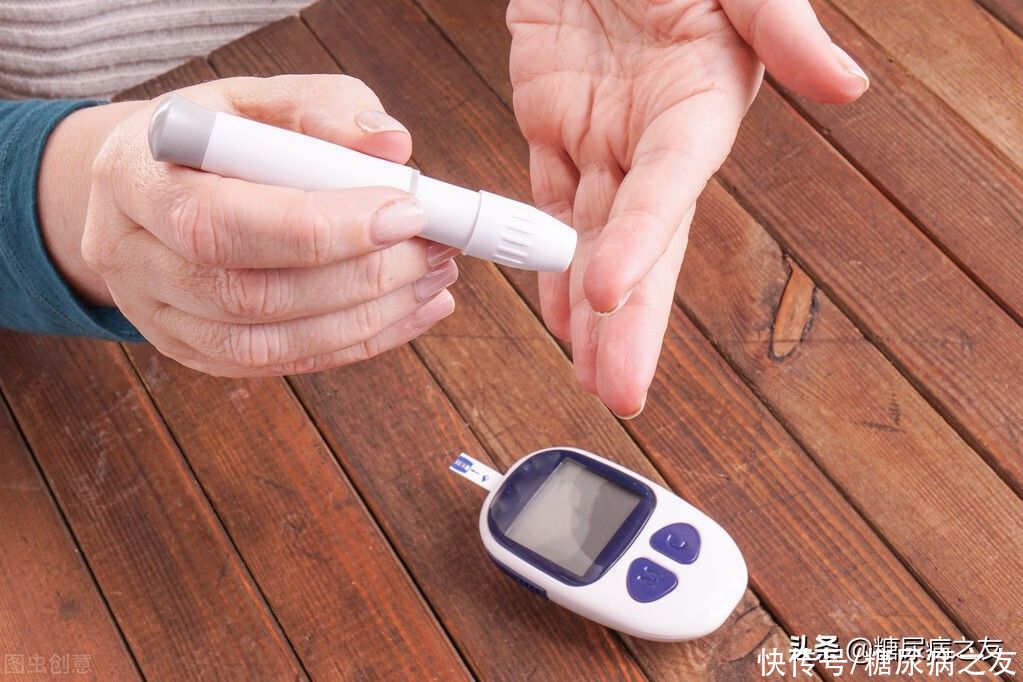
Most diabetics are familiar with the commonly used glucose control indicators such as fasting blood glucose, postprandial blood glucose and glycosylated hemoglobin. In recent years, some new sugar control indicators have also “temporarily exposed”.
1.TIR
TIR refers to the time or percentage of glucose in the target range (usually 3.9~10 mmol/L) within 24 hours, which is a An emerging indicator of glycemic control that has received much attention. An increase in TIR means that the patient spends less time in hyperglycemia and/or hypoglycemia and has more stable glycemic control. Studies have shown that TIR is significantly associated with diabetic microvascular complications, surrogate markers of macrovascular complications, and cardiovascular mortality and pregnancy outcomes.
At present, most primary medical institutions in China are limited by equipment conditions and cannot carry out this inspection. However, people with diabetes should have some understanding of this indicator, because in the near future, with the popularization and promotion of continuous continuous blood glucose meters and the use of highly intelligent 5G blood glucose meters, TIR will become a routine testing item for people with diabetes.
TIRincludes 7 metrics:< /span>
1. Very low blood sugar (<3.0mmol/L) time ratio
< p>2. Time ratio of hypoglycemia (3.0~<3.9 mmol/L)
3. Time ratio of target blood glucose (3.9~10.0 mmol/L),
4. High Blood sugar (>10.0~13.9mmol/L) time ratio
5. Very high blood sugar (>13.9mmol/L) L) Time Ratio
6. Blood Glucose Variation Coefficient (CV) (SD/Glucose Mean)
7. Mean Blood Glucose (MG)
2. Glycemic Risk Index (GRI)
Recently, the Journal of Diabetes Science and Technology, the journal of the American Academy of Diabetes Technology, published a study by David C. Klonoff of the American Diabetes Research Institute. The global research led by Professor Ji Linong of Peking University People’s Hospital in China. In this paper, the researchers propose a new blood glucose evaluation index, the glycemic risk index (GRI).
TIR reflects the target blood glucose time ratio, and cannot specifically reflect the severity and time ratio of hypoglycemia and hyperglycemia, and these indicators are closely related to acute and chronic complications of patients.
The Glycemic Risk Index (GRI) uses continuous glucose monitoring (CGM) data to calculate a specific number to assess glycemic control and provides graphs that show components of hypoglycemia and hyperglycemia . The lowest risk is 0 points and the highest risk is 100 points, as a reference. The higher the sugar risk index (GRI) value, the higher the risk. This indicator can directly reflect the dynamic full spectrum of high and low blood sugar and the risk of blood sugar, so that doctors and diabetics can accurately control blood sugar.
3. Glucose variability (GV)
Glucose variability (GV) is an independent risk factor for the development of diabetes complications, and GV is associated with macrovascular and microvascular damage and increased risk of death.
GV can be assessed by several parameters, including short-term variability (intraday and interday glucose variability) and long-term variability (HbA1c variability). Common indicators of daytime blood glucose variability include the standard deviation of fasting blood glucose and the coefficient of variation of fasting blood glucose.
The author of this article: Li Changqi, Chief Physician, Department of Endocrinology, Hepingli Hospital, Beijing